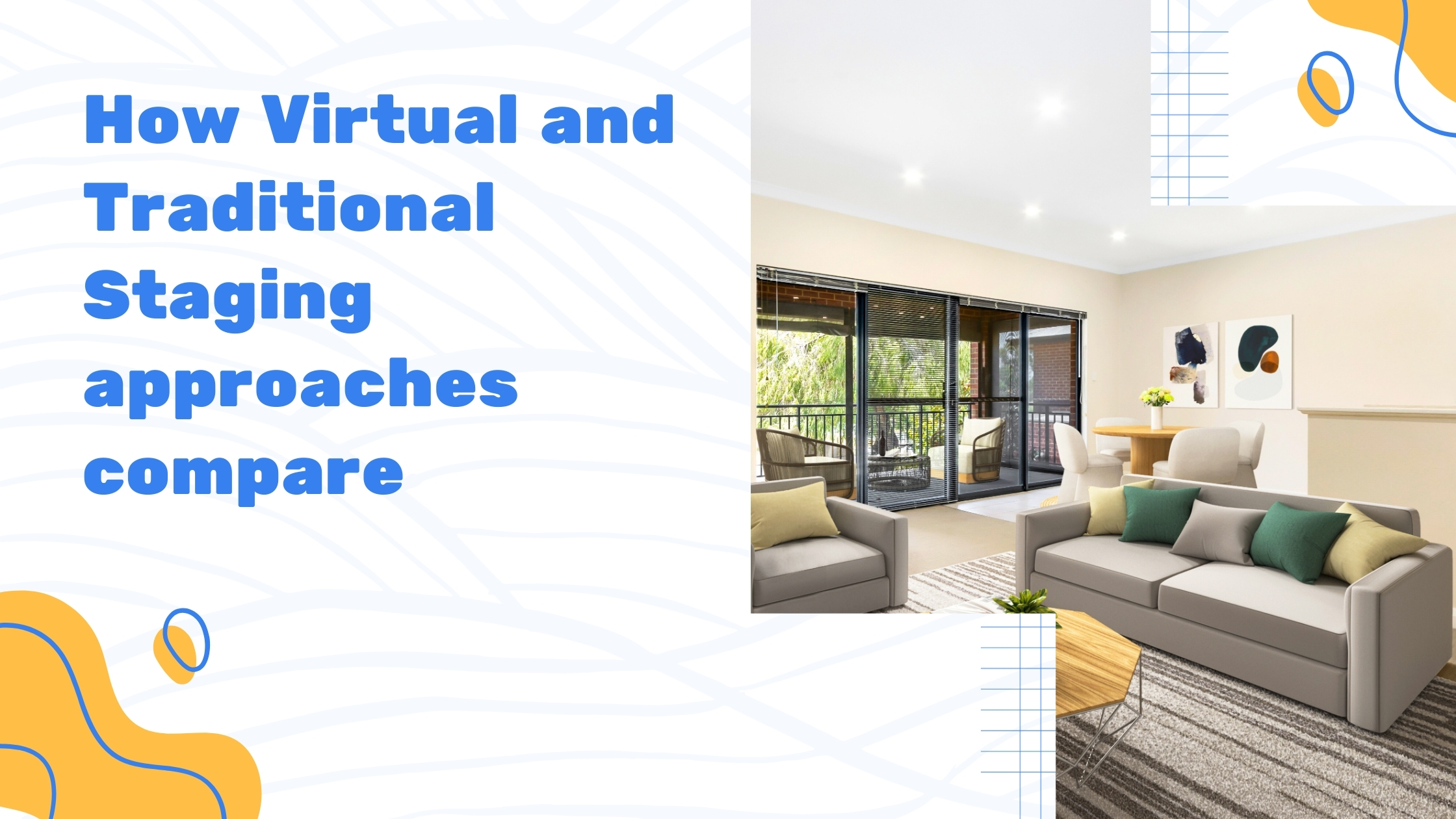Contents
The business of home staging is currently at a crossroads as it undergoes a notable transformation. For decades, traditional physical staging has been the cornerstone of presenting homes in the real estate market. However, virtual staging is rapidly emerging as a compelling alternative, offering lower costs, increased flexibility, and quicker turnaround times. The question of whether virtual staging will eventually replace its traditional counterpart depends on a multitude of factors. In this comprehensive exploration, we will delve into the history of home staging, the rise of virtual staging, the pros and cons of both methods, and provide insights to help sellers make informed decisions.
The Evolution of Home Staging:
The concept of home staging was introduced in 1972 by Barb Schwartz, drawing inspiration from her background in theater. The idea was revolutionary at the time: rather than presenting rooms as lived-in spaces, staging involved removing personal items and clutter to emphasize a home’s architecture and scale. This approach aimed to help potential buyers envision themselves in the space, ultimately boosting the appeal of the property. Over the years, staging has evolved into a sophisticated profession, with trained specialists employing a wide array of furnishings and decor to enhance the marketability of homes.
Traditional Staging: Still a Dominant Force:
Despite the rise of virtual staging, traditional staging remains a dominant force in the real estate market. According to the National Association of REALTORS® 2022 Profile of Home Staging, one-fourth of buyers’ agents noted that staging increased the dollar value offered by 1% to 5%. As demand for staging services increases, professionals in the field experience a surge in business. The competitive market has driven stagers to spend more time and resources creating staged rooms that outdo one another, resulting in an increase in pricing, sometimes reaching 8% to 10% of a listing price.
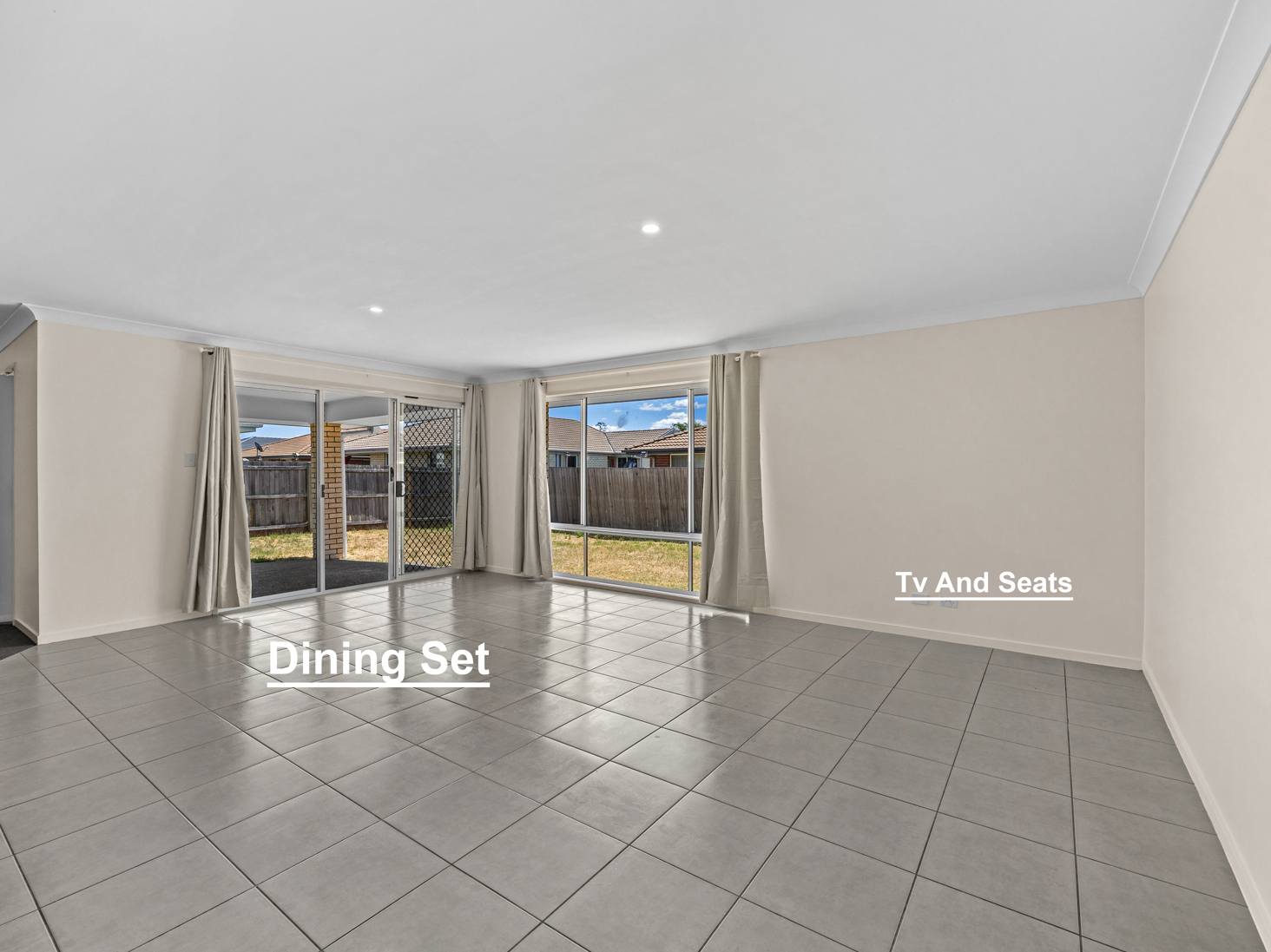
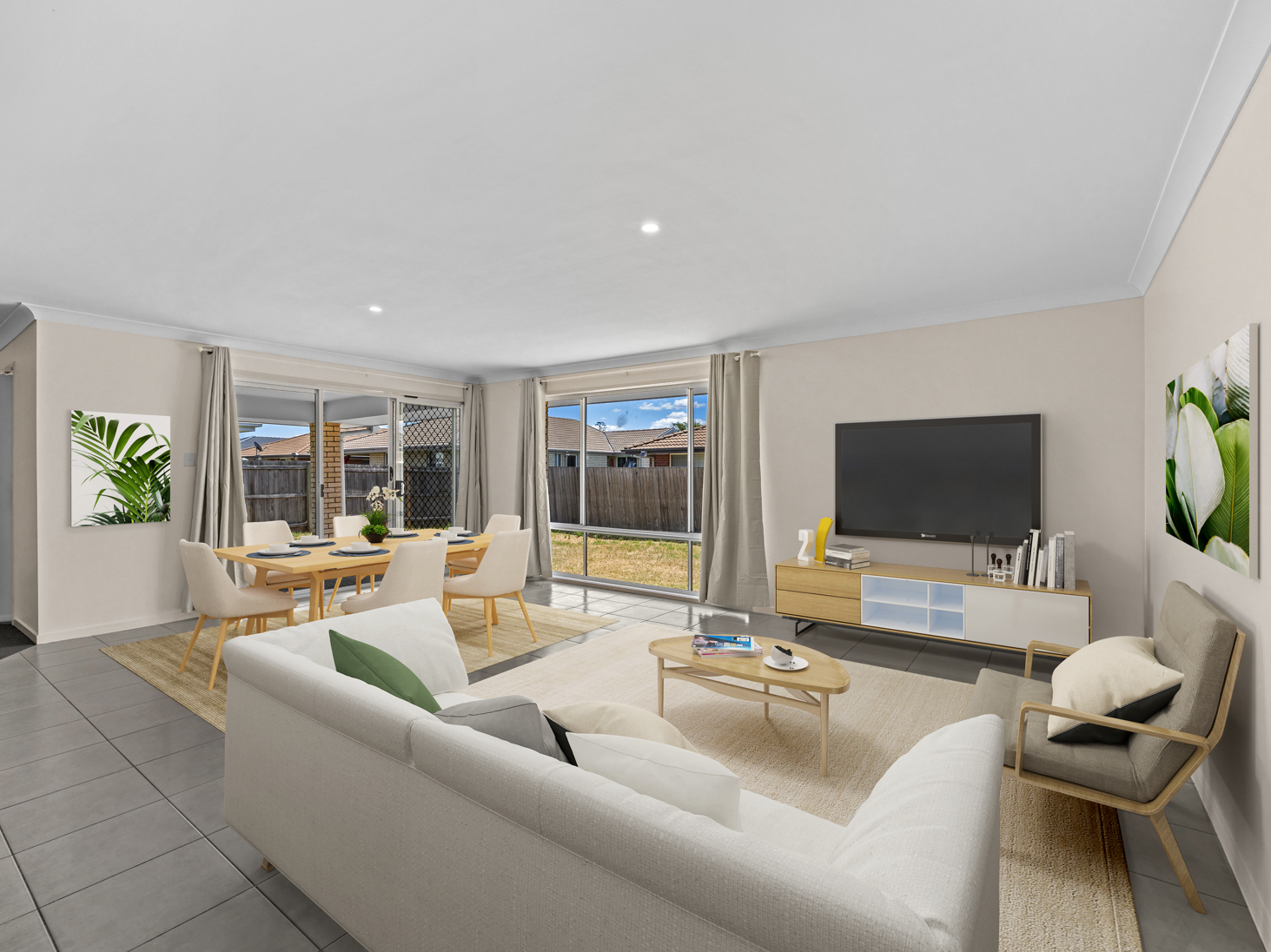
The Rise of Virtual Staging:
In recent years, virtual staging has emerged as a game-changer in the industry. Technological advancements have enabled the creation of realistic virtual representations of staged rooms, providing an alternative that is cost-friendly, adaptable, and sustainable. Virtual staging allows for a quicker turnaround, offering flexibility and convenience that traditional staging struggles to match. The trend towards online home shopping, particularly among millennials, and the impact of the pandemic, which has increased the popularity of virtual home viewings, have contributed to the rapid growth of virtual staging.
Cost-Friendly and Adaptable:
One of the key advantages of virtual staging is its cost-effectiveness. By eliminating the need for physical furnishings and the associated logistics, virtual staging offers a more budget-friendly option for sellers. Sydney salesperson Leighton Avery notes that virtual staging is not only cost-effective but also more sustainable in the long run. The flexibility afforded by virtual staging allows for a wide range of design choices, and companies specializing in this approach offer expansive libraries of virtual furnishings to cater to diverse preferences.
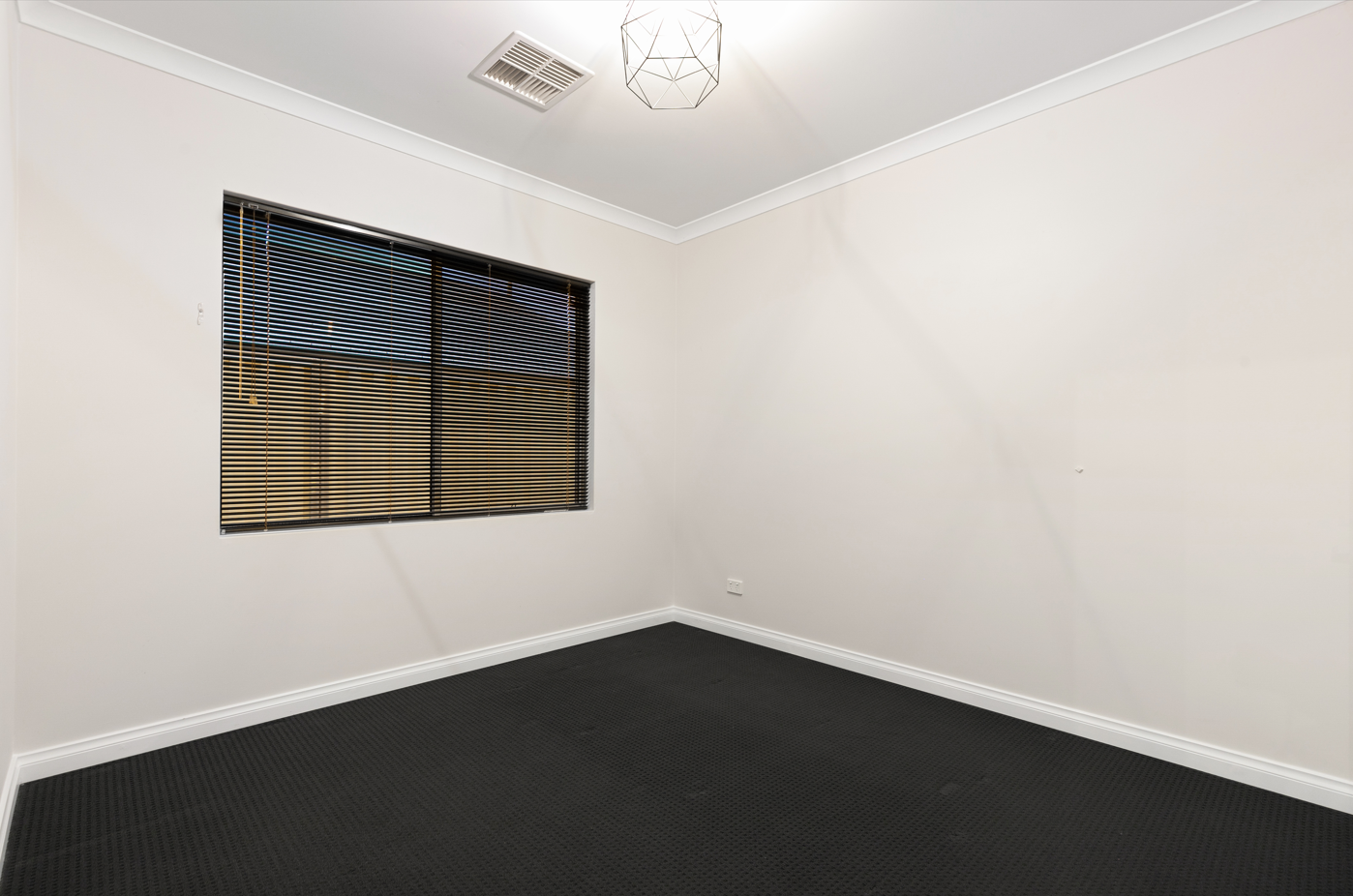
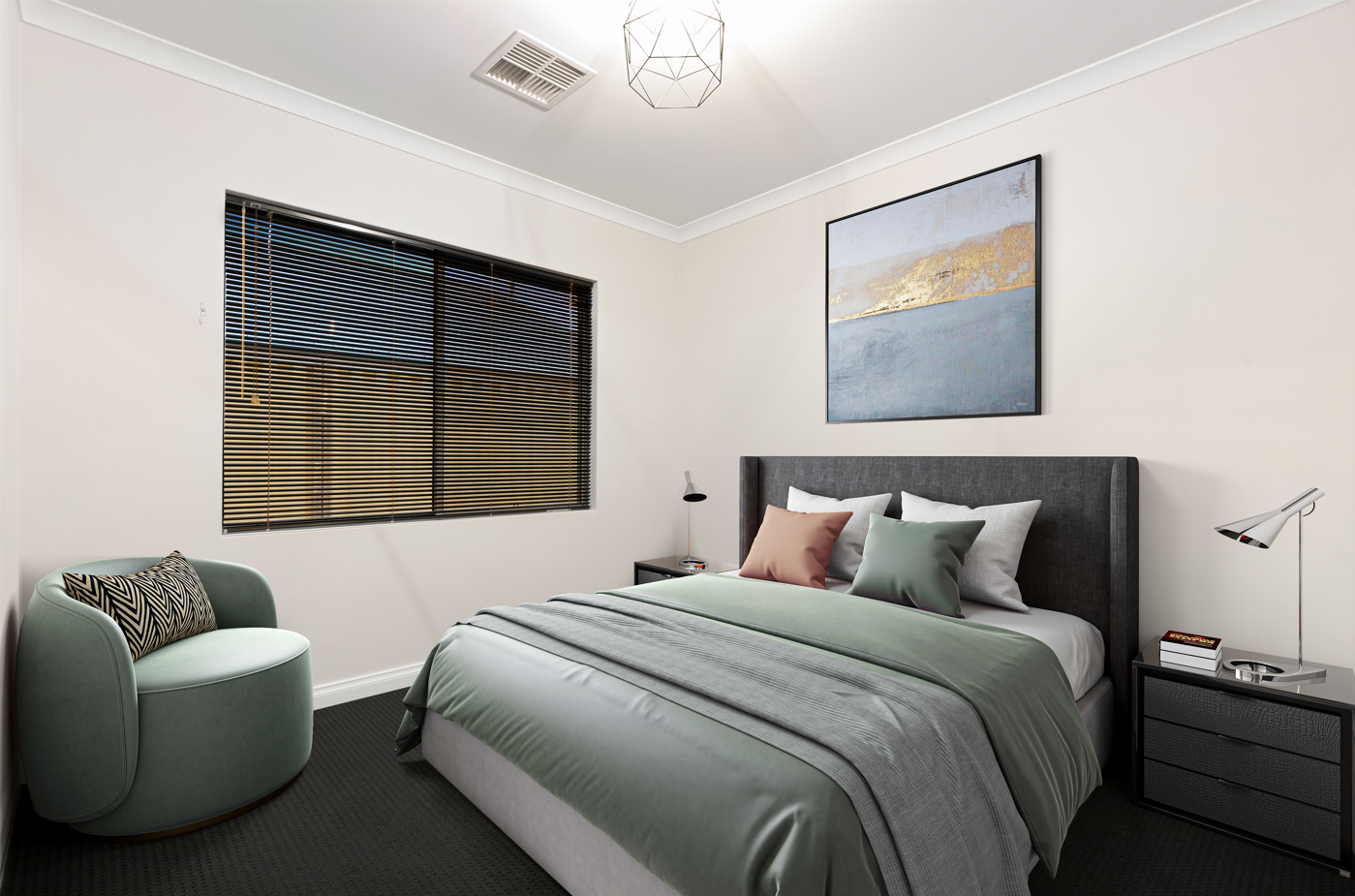
The Impact of Virtual Staging on Marketing:
Virtual staging not only offers cost savings and flexibility but also revolutionizes the way properties are marketed. Sellers can present variations of the same space to showcase flexibility, especially during the COVID-19 pandemic, where buyers increasingly want to visualize spaces as potential home offices, classrooms, or gyms. The ability to digitally remove or add elements to a space allows for creative and quick adjustments, meeting the evolving needs and preferences of the market.
Choosing the Right Option:
While virtual staging has gained significant traction, it may not be universally suitable for every situation. Some experts argue that studying a potential hire’s portfolio is crucial to ensuring they offer digital choices and professional-quality software and photos that accurately portray dimensions, perspective, and scale. Concerns have been raised about the authenticity of virtual staging, with some images appearing overly synthetic.
Kristie Barnett, founder of The Decorologist, emphasizes the importance of traditional staging in making spaces appear larger and more valuable. When done properly, traditional staging directs the focus to the selling points, such as the architecture, rather than the decor. Barnett contends that traditional staging provides a tangible and immersive experience that helps buyers envision how their furnishings will fit into the space.
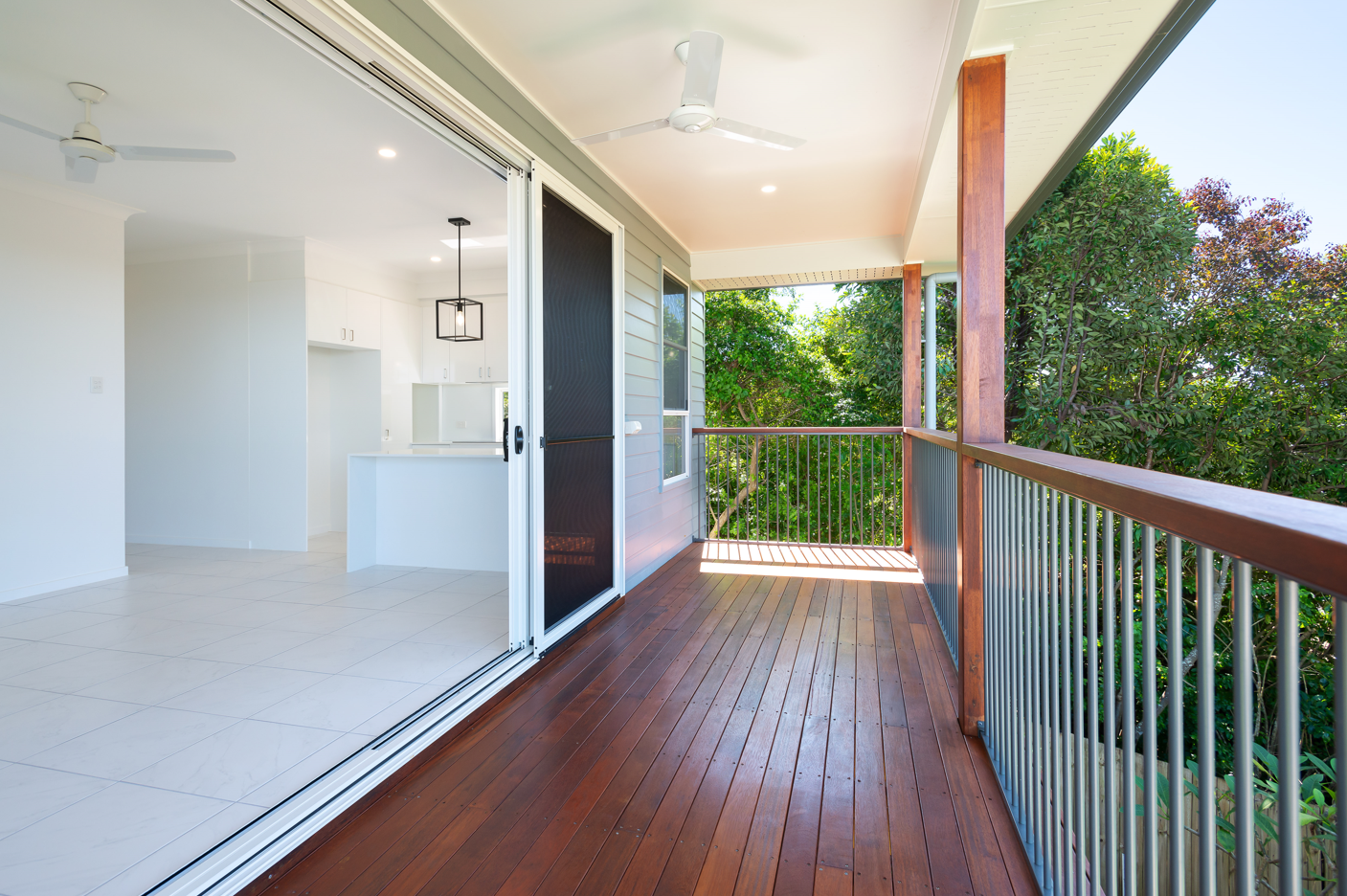
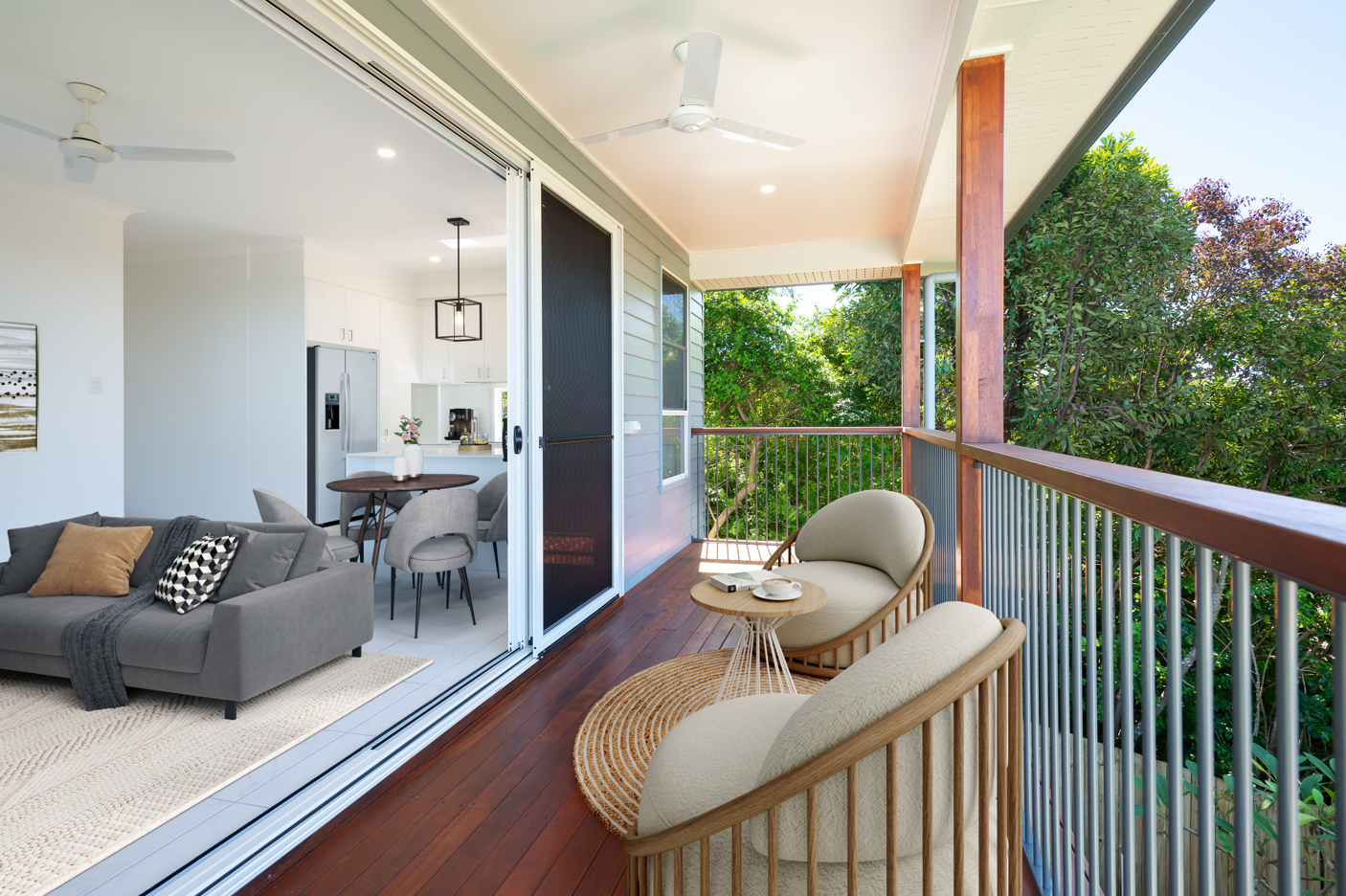
Potential Drawbacks of Virtual Staging:
Despite its advantages, virtual staging has its critics. Some argue that virtual representations can set unrealistic expectations, leading to disappointment when buyers see the actual, un-staged space. The concern is that the digital version may initially raise buyers’ expectations, only to result in a letdown upon viewing the property in person. The challenge lies in finding a balance that aligns with buyer expectations and accurately represents the property.
Age and Shopping Preferences:
The choice between traditional and virtual staging may also depend on the age and shopping preferences of potential buyers. Adam Brown, a Los Angeles interior designer, notes that millennials are often comfortable shopping for homes online using virtual reality, digital renderings, or virtual walk-through renditions. In contrast, many baby boomers prefer to see rooms and furnishings in person to better understand the layout and ambiance of a space.
Contact us today to explore the perfect staging solution for your property – where tradition meets technology, and your home becomes a standout in the real estate market.


